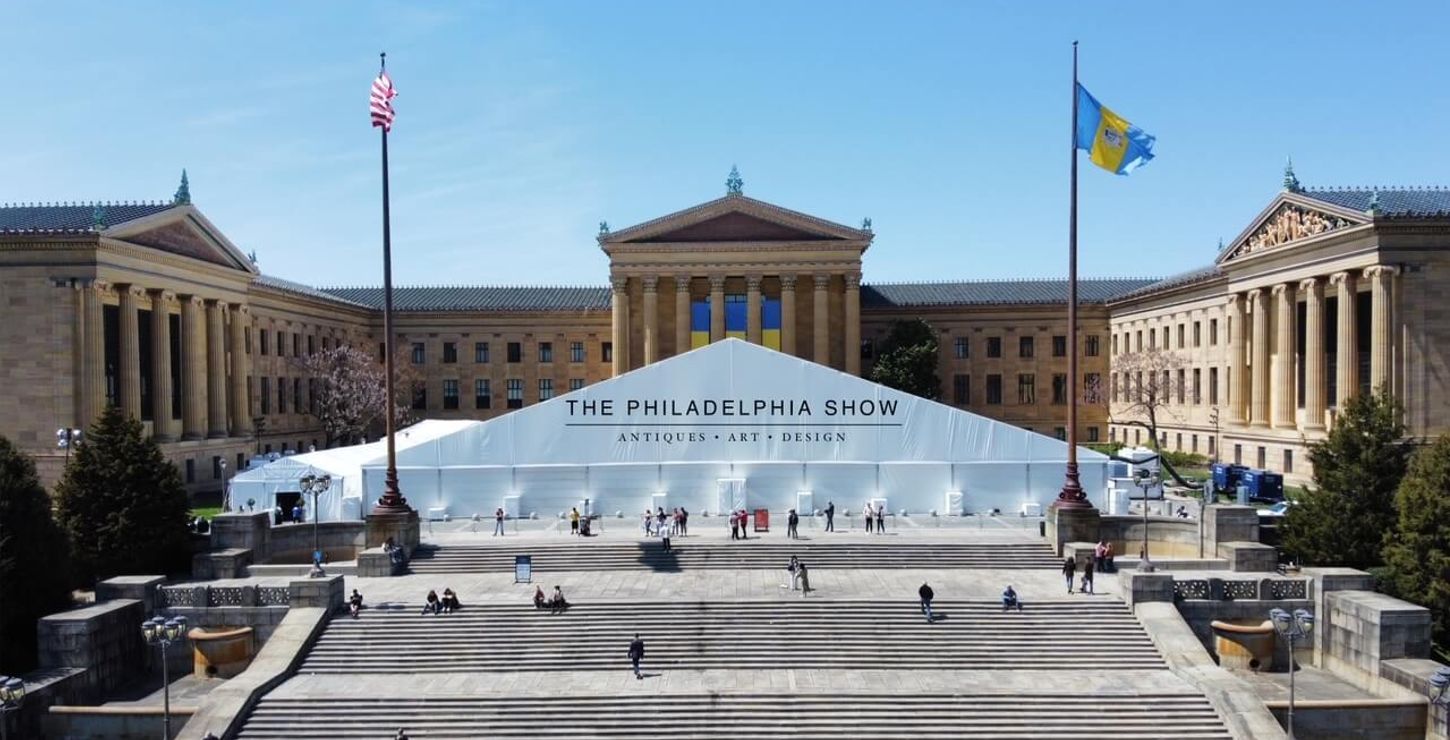East Terrace
Main Building

Image courtesy of EventQuip.
The Philadelphia Show, held annually on the East Terrace of the Philadelphia Museum of Art, showcases an outstanding selection of collectible antiques, art and design presented by over forty of America’s leading dealers. Learn more about the joy of collecting through educational dealer talks, show tours or take part in a self-guided treasure hunt. Come experience the amazing array of fine art, Americana, furniture, folk art, ceramics, porcelain, glass, silver, jewelry, textiles, decorative arts, and feel the thrill of the hunt.
General admission tickets may be purchased at the door or online.
Paid parking is available in the museum’s parking garage for $20 with validation at the show entrance. There will be a trolley to take you from the garage to the entrance of the show.
East Terrace
Main Building
Paid registration required; museum admission not included
Check out the variety of events offered by this program, for members and the public alike.